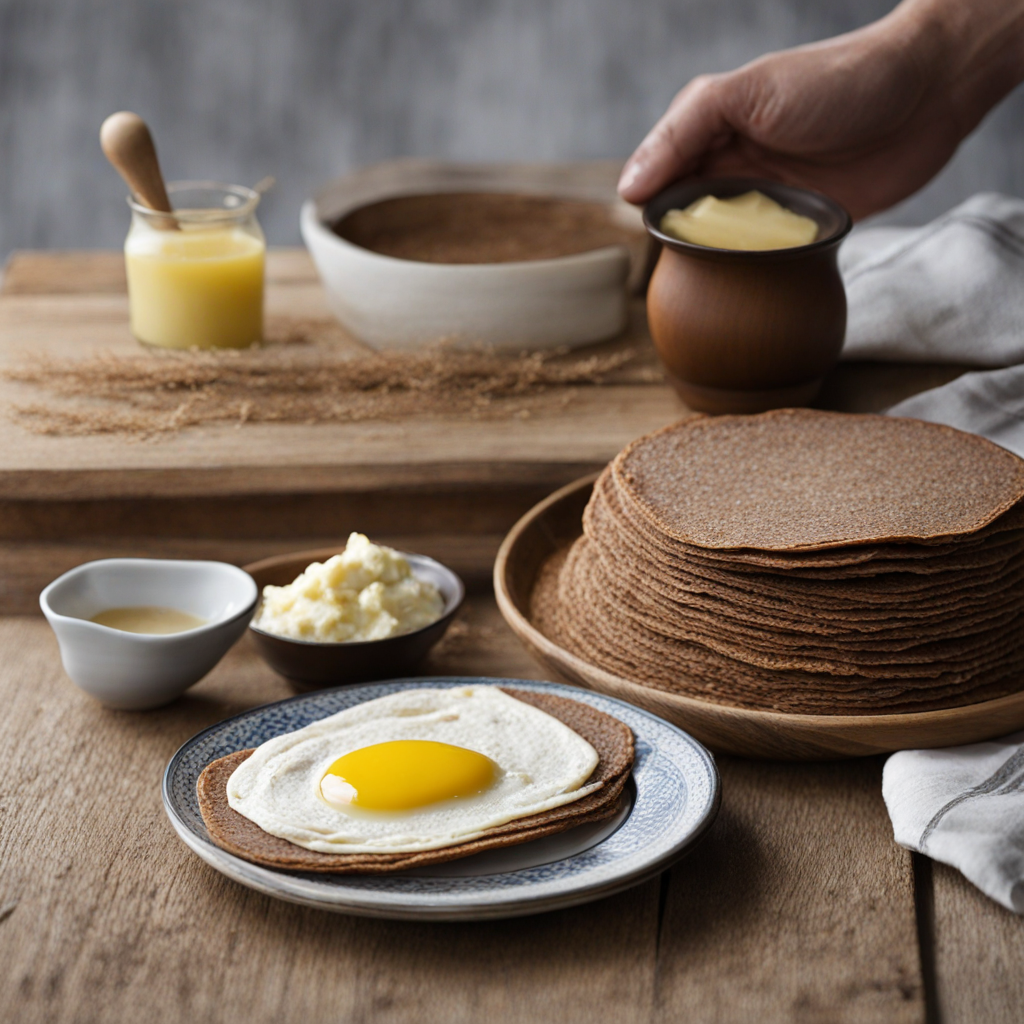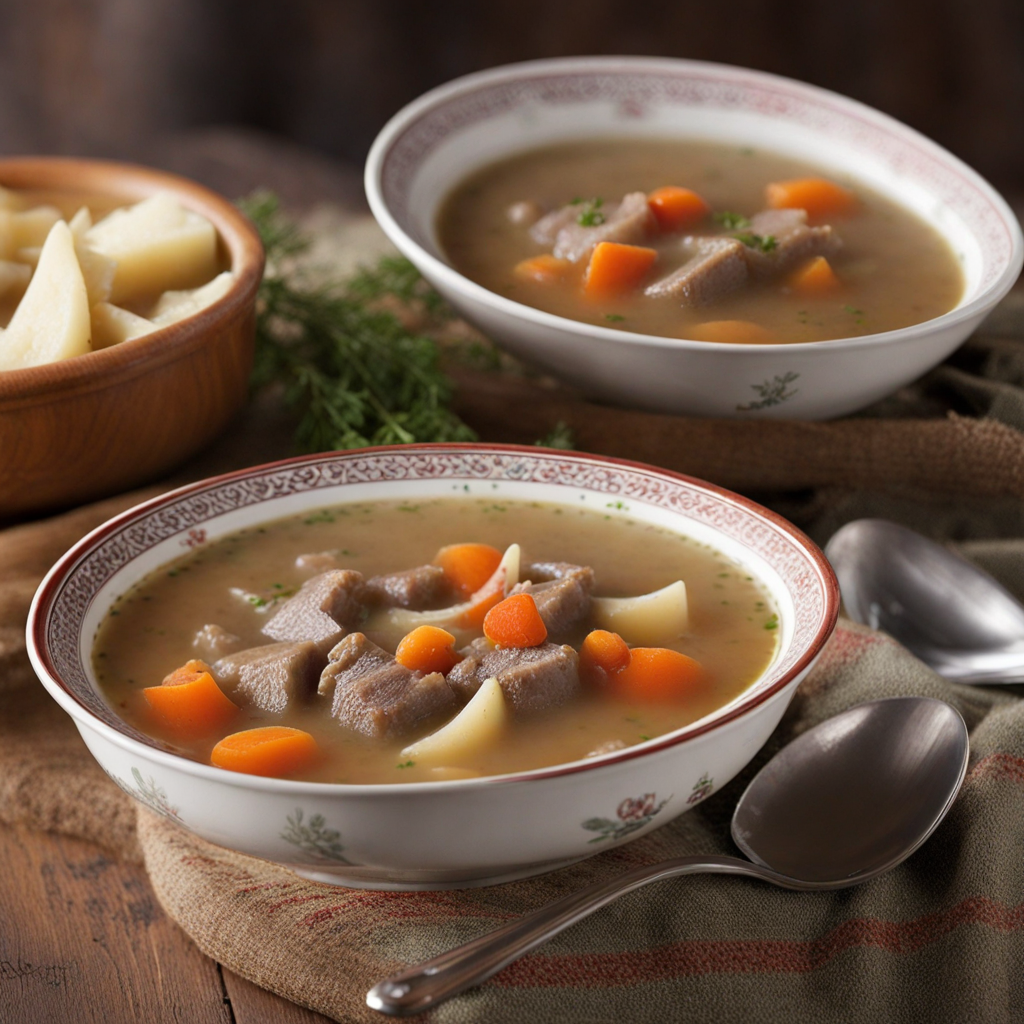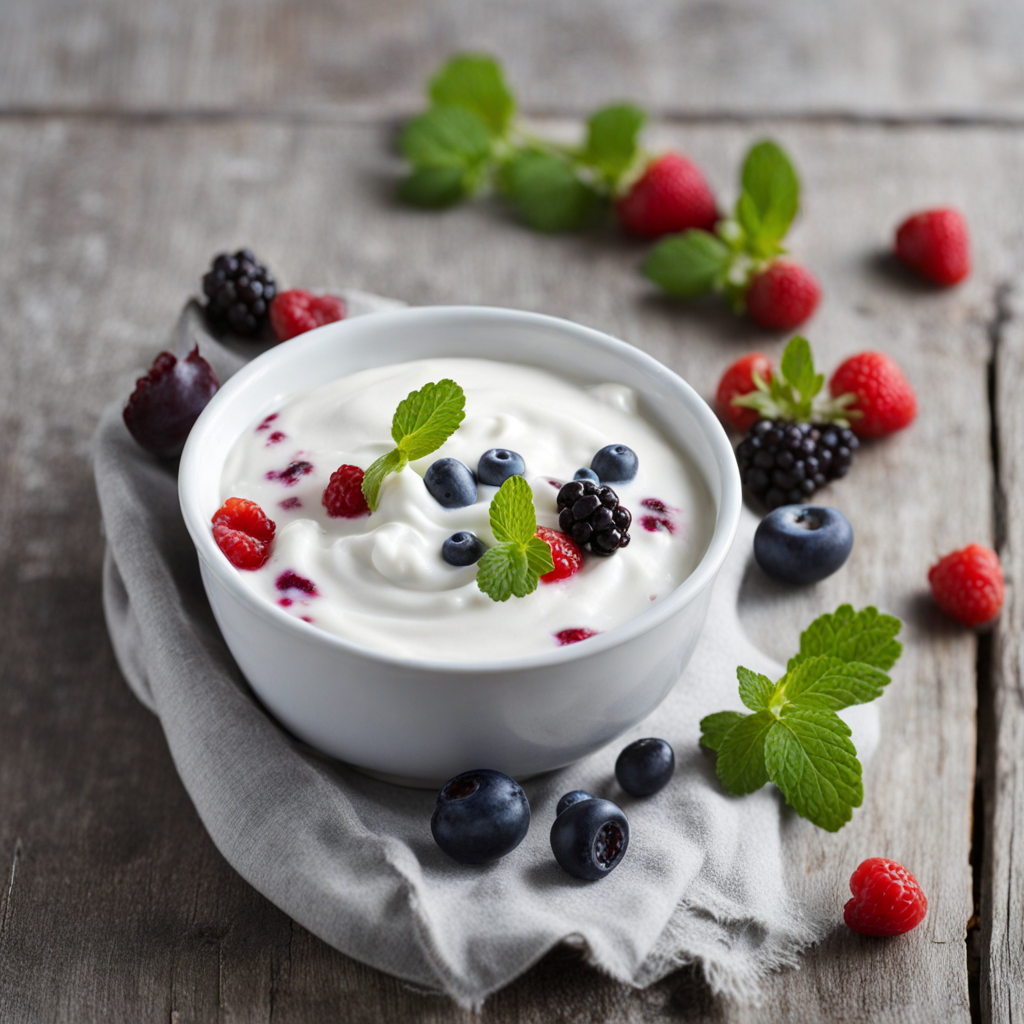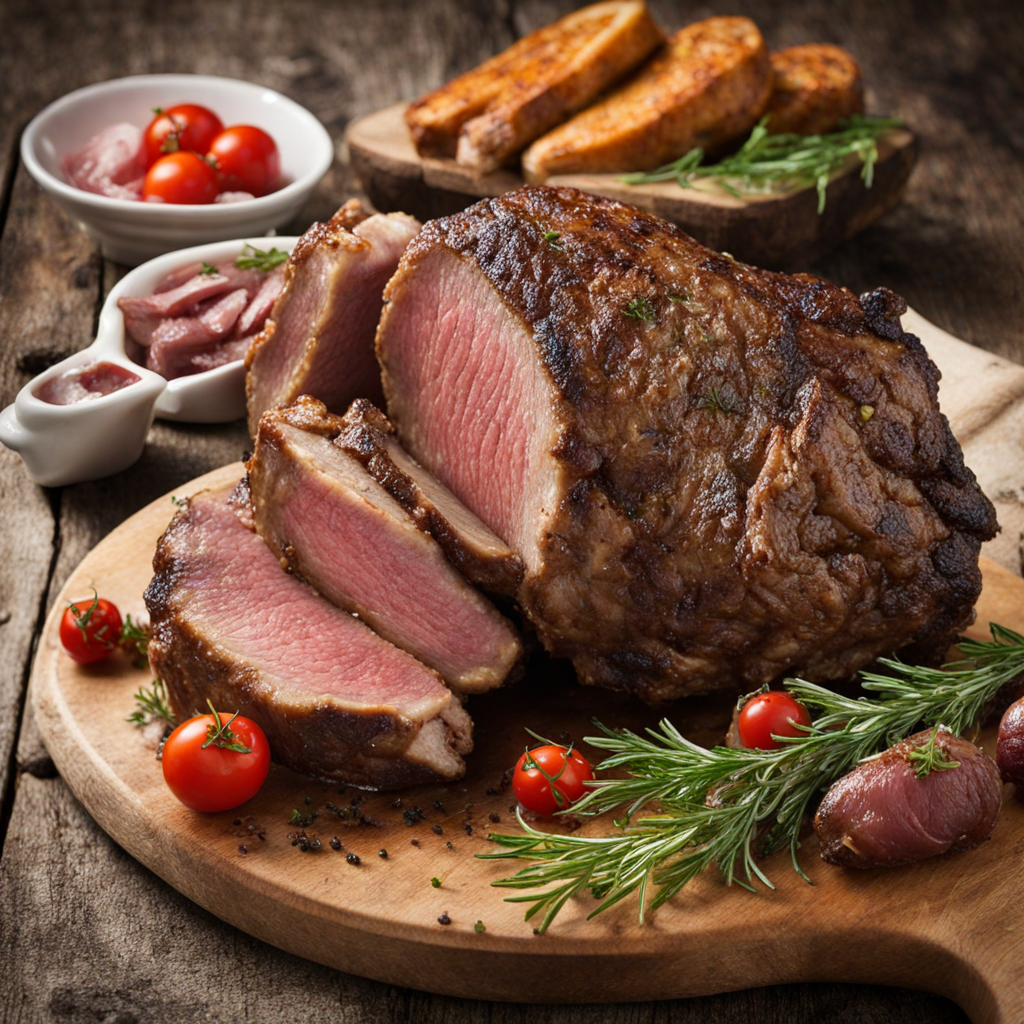Flatkaka
Flatkaka, a traditional Icelandic flatbread, is a delightful culinary discovery that beautifully encapsulates the essence of Iceland's rich food heritage. Made primarily from whole grain rye flour, this rustic bread is characterized by its dense texture and slightly nutty flavor. The dough is rolled out into thin, circular shapes and then cooked on a hot griddle or a flat stone, which gives it a unique, slightly smoky aroma. The result is a flatbread that is both hearty and versatile, serving as an excellent accompaniment to a variety of toppings. One of the most enjoyable aspects of Flatkaka is its adaptability. It pairs wonderfully with smoked or cured fish, particularly the beloved Icelandic salmon or herring, enhancing the overall taste experience. Many locals enjoy it with a spread of butter or a slice of traditional Icelandic lamb, creating a perfect balance of flavors. Its robust nature allows it to hold up well against rich toppings, making it a staple at family gatherings and festive occasions alike. Beyond its savory applications, Flatkaka can also be enjoyed in sweeter forms, often served with a drizzle of honey or accompanied by Icelandic skyr, a creamy dairy product. This versatility showcases how Flatkaka can transition from a hearty meal to a delightful snack or dessert. Whether you savor it with a traditional topping or experiment with your favorites, Flatkaka offers a unique taste of Iceland that is sure to enchant your palate and leave you longing for more.
How It Became This Dish
Origin of Flatkaka Flatkaka, a traditional Icelandic flatbread, has its roots deeply embedded in the country’s Viking heritage and the harsh, yet beautiful, landscape of Iceland. Dating back to the early settlers, who arrived in the 9th century, this bread was initially made by combining simple ingredients: flour, water, and a pinch of salt. The primary grain used was rye, which thrived in the cold climate and poor soil conditions of Iceland. The baking process involved utilizing the natural geothermal heat from hot springs or the warmth of a stone hearth, showcasing the resourcefulness of the Icelandic people in utilizing their environment for food preparation. The name "Flatkaka" translates to "flat cake," aptly describing its appearance and texture. This bread was typically round and thin, about 1-2 centimeters in thickness, and was baked until dry and crisp. The preparation of Flatkaka was often a communal activity, with families gathering to make large batches to sustain themselves during the long winters. This practice not only reinforced community ties but also ensured that there was enough sustenance to last through the harsh climate. \n\n Cultural Significance Flatkaka holds a significant place in Icelandic culture, symbolizing resilience and sustenance in a land where food sources could be scarce. In the past, it was commonly enjoyed alongside traditional dishes, particularly during festive occasions and family gatherings. Its versatility allowed it to pair well with a variety of toppings, from smoked lamb to butter, and even sweetened with sugar or jam, making it a staple in Icelandic households. The bread also plays a role in Icelandic folklore and traditions. For instance, it was believed that the act of sharing Flatkaka could strengthen bonds among families and friends. In some rural areas, it was customary to make Flatkaka during certain festivals, where the bread would be decorated or shaped in specific ways to signify good luck or prosperity in the coming year. Thus, Flatkaka is not merely a food item; it represents an integral aspect of Icelandic identity and heritage. \n\n Development Over Time As Iceland modernized throughout the 20th century, the production and consumption of Flatkaka underwent notable changes. The introduction of commercial bakeries made the bread more accessible to the general population, leading to variations in recipes and preparation methods. While traditional homemade Flatkaka was still cherished, many began to opt for store-bought versions, which often incorporated different flours such as wheat or even potato flour, reflecting the evolving tastes and convenience-oriented lifestyles of modern Icelanders. Despite these changes, traditional Flatkaka-making methods have not been entirely lost. Many Icelandic families still adhere to the age-old techniques, and the bread is often included in holiday feasts and celebrations. The resurgence of interest in traditional foods in recent years has led to a revival of artisanal baking practices, with many young Icelanders learning to craft Flatkaka as a way to connect with their heritage. This has fostered a renewed appreciation for the cultural significance of this humble flatbread. \n\n Flatkaka in the Contemporary Culinary Scene In contemporary Iceland, Flatkaka has found its way into modern gastronomy, with chefs incorporating it into innovative dishes that honor its traditional roots. It is often featured on restaurant menus, served as an accompaniment to fine dining experiences, or as part of a traditional Icelandic platter. Chefs creatively pair it with various ingredients, from local seafood to gourmet cheeses, elevating Flatkaka from a simple staple to a celebrated culinary delight. Moreover, local markets and food festivals showcase Flatkaka, allowing artisans and bakers to share their unique interpretations of this age-old bread. The emphasis on locally sourced ingredients and traditional methods has sparked interest among both locals and tourists, who seek to experience authentic Icelandic cuisine. This has resulted in Flatkaka being not only a nostalgic reminder of Iceland's past but also a dynamic component of its culinary future. \n\n Flatkaka Today: A Symbol of Heritage Today, Flatkaka is more than just a food item; it is a symbol of Icelandic heritage and identity. Its production and consumption are intertwined with the nation's history, reflecting the endurance of a culture that has thrived in a challenging environment. Festivals celebrating Icelandic cuisine often highlight Flatkaka, showcasing its importance in the national narrative. Moreover, culinary historians and enthusiasts continue to document and preserve the traditional methods of making Flatkaka, ensuring that future generations can appreciate this integral part of Iceland's gastronomic legacy. Home bakers often share their recipes online, creating a community around this cherished bread and encouraging a new generation to partake in the age-old traditions associated with its creation. \n\n Conclusion The journey of Flatkaka from its humble origins to its place in contemporary Icelandic cuisine exemplifies the resilience and adaptability of Icelandic culture. As it continues to evolve, Flatkaka remains a powerful reminder of the connection between food, community, and identity. Its flat, round form carries stories of the past while paving the way for a future rich in culinary exploration and appreciation of traditional practices.
You may like
Discover local flavors from Iceland







